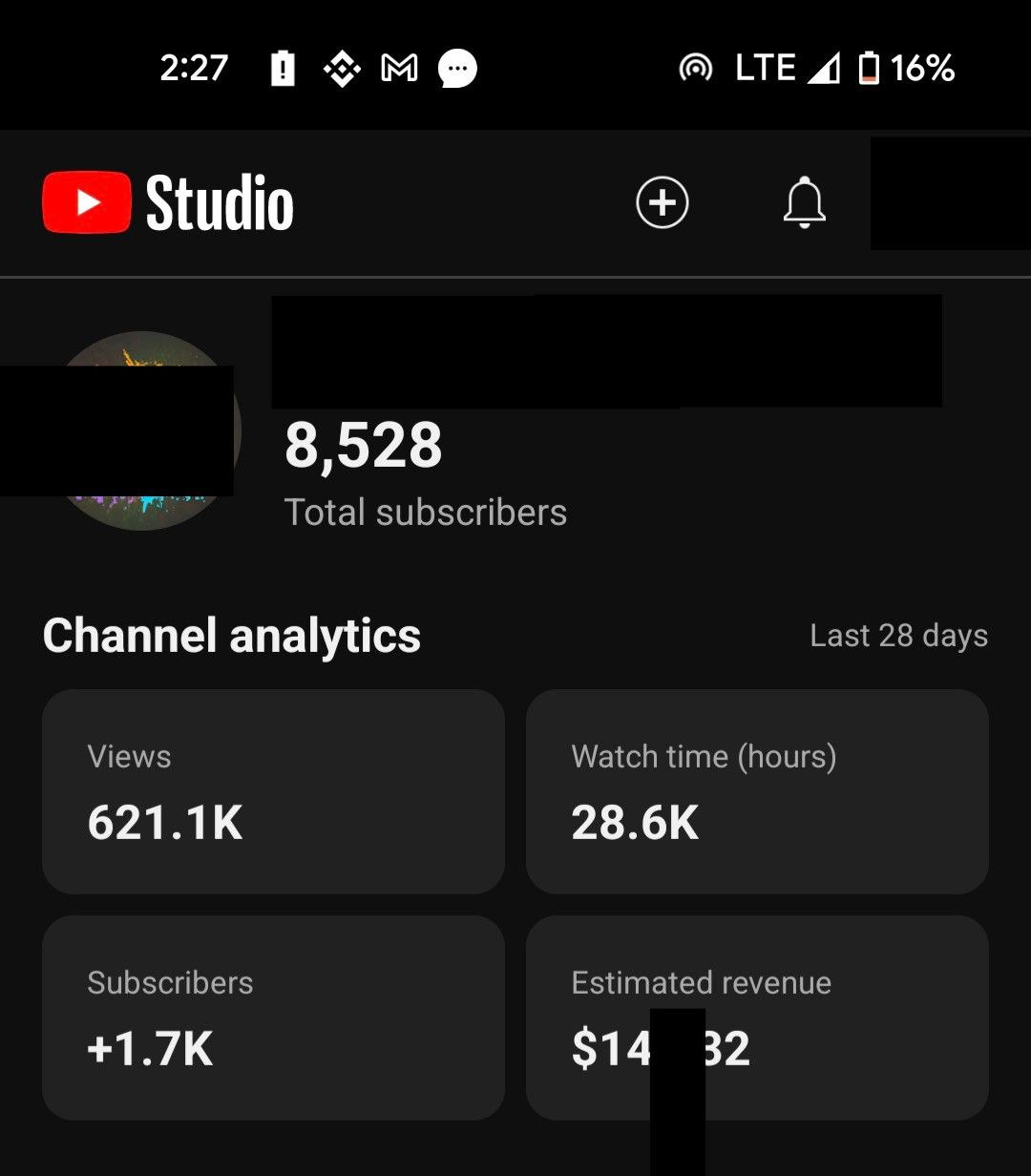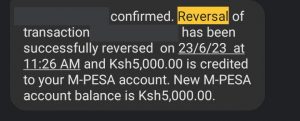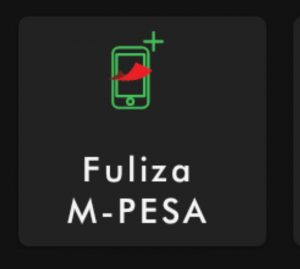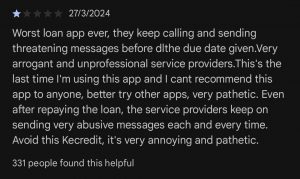When I first considered starting a YouTube channel, there was a lack of information, especially regarding earnings in the Kenyan context. YouTube pay varies based on factors like the geographic location of your viewers, among others which I’ll discuss later in this post. So, I decided to share what I earn from YouTube as a Kenyan creator, for anyone curious or looking for motivation to start their own channel.
For privacy reasons, I wouldn’t be disclosing my channel name
People start channels for different reasons; some, like myself, start as a hobby, while others are drawn by the potential to earn money from YouTube. These motivations dictate the type of content you should create.
YouTube is structured around niches, which are essentially different topics with varying pay rates. For instance, niches such as food and drink, lifestyle, travel, automotive, tech, finance, gaming, and emerging categories all have different earning potentials.
Within these niches, there are sub-niches. For example, within lifestyle, you might find makeup tutorials, apartment living tips, vlogs, and “day in my life” content, each catering to specific audience interests.
The key to success on YouTube is narrowing down your niche. Before starting a channel, ask yourself what you want to focus on. You can’t post recipes one day and then review the latest phone the next and expect to succeed. Instead, if you’re into cooking, stick exclusively to cooking. This makes it easier for YouTube to connect you with viewers who are interested in your content. If you choose to focus on cooking, narrow it down as much as possible; for example, specialize in Kenyan cooking exclusively and avoid mixing topics. This focused approach makes it easier to grow your channel.
How YouTube Monetization Works
Becoming monetized on YouTube involves becoming a partner with the platform. To qualify, you must accumulate 4,000 public watch hours within a year and have more than 1,000 subscribers. Watch hours indicate the total time viewers spend watching your videos. For instance, if your 10-minute video is watched to completion by 60 viewers, that totals 600 minutes or 10 hours of watch time.
Once you meet these criteria, you can apply for monetization. Upon approval, your YouTube channel becomes eligible to generate revenue.
Where Does YouTube Get Money to Pay People?
YouTube operates as a platform where users upload videos for others to watch. Instead of paying creators directly from its own funds, YouTube shares a portion of the revenue it generates from ads and YouTube Premium subscriptions with creators.
When you become a YouTube partner, any revenue earned from your videos is divided between you and YouTube. YouTube takes a 45% cut, while you receive 55%. For example, if your video earns $1,000, YouTube will pay you $550, retaining the remaining $450. Unlike some platforms, YouTube does not charge creators to upload videos, making its revenue-sharing model one of the most favorable among video-sharing sites.
How Much YouTube Pays Me
Maybe what you’ve been curious about: over the past three months, I’ve earned $630, which converts to approximately KSh 81,270 at the current exchange rate. However, earnings vary widely depending on factors such as views, audience location, viewer demographics, video length, and watch time.
For views, the more you get, the more money you make—so higher views are better. Aim to create videos that attract as many views as possible.
Regarding audience location, what matters is where your viewers are located, not where you are. For instance, if most of your viewers are in the USA and you’re in Kenya, you’ll likely earn more than if your viewers were primarily from Kenya.
RPM (Revenue Per Mille) is a key metric—it represents how much you earn per 1,000 views. In the USA, for example, 1,000 views typically earn around $4, whereas in Kenya, the same number of views might earn around $1 or even less. Personally, I’m earning around $0.90 per 1,000 views, which can vary widely among channels.
To illustrate, if a video gets 10,000 views, it might only earn around $10. However, earnings are not per video but based on the total number of views and watch time across your channel per month. For instance, if your channel accumulates 1 million views in a month, you could earn around $1,000—a significant amount online. Yet, achieving high view counts isn’t easy, and earnings can fluctuate based on various factors.
Enough explanation—let’s dive into my specific statistics.
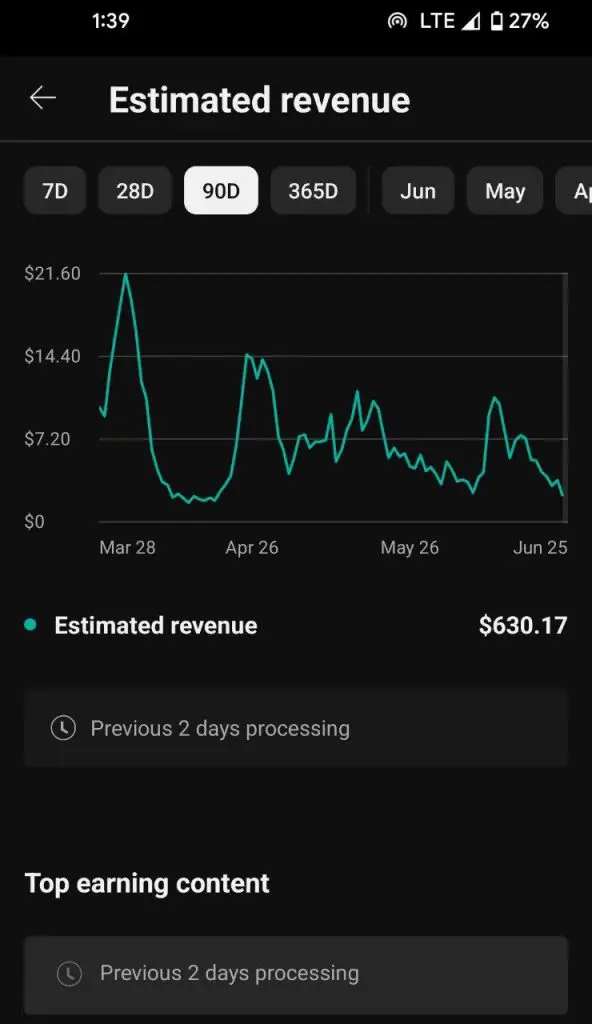
I started my channel in February, and by March, I was already monetized—surprisingly quick, as it typically takes most people an average of two years to reach 1,000 subscribers. In my case, I believe I was fortunate: one of my early videos gained 283,000 views in that month alone, providing the necessary watch time and subscribers for monetization.

In March, since it was only half a month for me, I earned $66. By April, with the entire month monetized, I made $240. In May, my views and watch time decreased slightly, resulting in earnings of $207. For June, I estimate earnings of around $160.
Currently, my channel has 9,000 subscribers and 30 lengthy videos uploaded. While these earnings may not seem significant, I’m grateful to be earning something. I hope this story inspires you to start your own channel!
Feel free to ask any questions below.
Also Read: How to Increase Your Fuliza Limit in 2024
Also Read: The Worst Loan Apps in Kenya (You Should Avoid)
Also Read: 10 Popular Banks in Kenya Ranked Worst to Best

